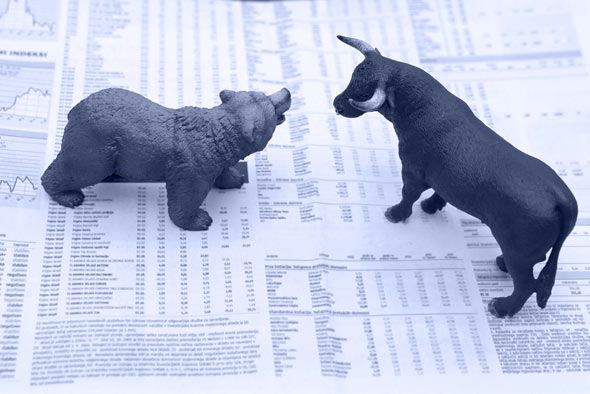
Introduction to Business Economics
Business economics
Business economics provides an analysis of the behaviour of private firms operating in different types of market structure. It builds on a number of themes first considered in competitive markets and market failures, and covers concepts and issues which are frequently referred to as the theory of the firm.
 Market structures – There are several market structures in which firms can operate. The type of structure influences the firm’s behaviour, whether it is efficient, and the level of profits it can generate. Neo-classical theory of the firm distinguishes a number of market structures, each with its own characteristics and assumptions. More…
Market structures – There are several market structures in which firms can operate. The type of structure influences the firm’s behaviour, whether it is efficient, and the level of profits it can generate. Neo-classical theory of the firm distinguishes a number of market structures, each with its own characteristics and assumptions. More…
 Business motives – not all people directly or indirectly involved in an enterprise have the same goals or gain the same rewards. For example, entrepreneurs take business risks and expect a profit from their entrepreneurial skill and effort whereas managers, who are appointed by owners to make decisions, are not primarily rewarded with profits. More…
Business motives – not all people directly or indirectly involved in an enterprise have the same goals or gain the same rewards. For example, entrepreneurs take business risks and expect a profit from their entrepreneurial skill and effort whereas managers, who are appointed by owners to make decisions, are not primarily rewarded with profits. More…
Profit – profit has a number of meanings in economics. At its most basic level, profit is the reward gained by risk taking entrepreneurs when the revenue earned from selling a given amount of output exceeds the total costs of producing that output. This simple statement is often expressed as the profit identity, which states that: More…
Oligopolies – an oligopolistic market is a market structure in which a few firms dominate. When a market is shared between a few firms, it is said to be highly concentrated. Although only a few firms dominate, it is possible that many small firms may also operate in the market. For example, major airlines like British Airways (BA) and Air France operate their routes with only a few close competitors. More…
Price discrimination – price discrimination is the practice of charging a different price for the same good or service. There are three of types of price discrimination – first-degree, second-degree, and third-degree price discrimination. More…
Regulation – As Adam Smith noted in the late 18th Century, ‘..people of the same trade seldom meet together…without..the conversation ending in a conspiracy against the public, or in some contrivance to raise prices.’ (Wealth of Nations, 1776). This view dominated Classical and Neo-Classical theory for 150 years. More…
Go to: Types of enterprise


